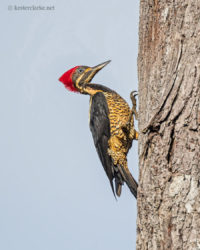
Lineated woodpecker
The Lineated Woodpecker is a large, black woodpecker with a red crest and a white-barred under belly and chest.

The Lineated Woodpecker is a large, black woodpecker with a red crest and a white-barred under belly and chest.
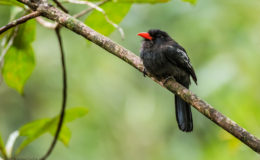
The Black Nunbird is mostly glossy blue-black with white-grey edges on its wings and a bright orange-red beak from the puffbird family.
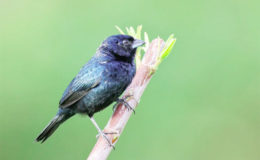
Males of this species have a jumping routine with a persistent call, usually from a fence post or long grass stalk.
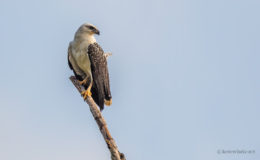
The White Hawk has an all-white head and body, while its upper wings are black.
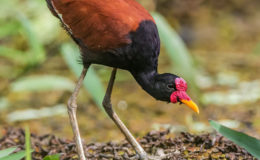
Wattled Jacana have very large feet and claws which distribute their weight and allow them to walk on floating vegetation as they search for insects, invertebrates and seeds near the water’s surface.
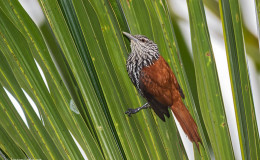
The head, neck and underparts of the Point tailed Palmcreepers are black and boldly streaked with white, contrasting with the bright chestnut brown of their back, wings and tail.

Striated Herons (Butorides striata) are often seen standing still at edge of ponds and trenches where they wait to ambush prey such as small fish, frogs and insects.

Blue-and-yellow Macaws usually mate for life. They prefer to nest in dead palm trees as is the case here in the Botanical Gardens and they feed on a wide range of fruits, particularly palm nuts and leafbuds.

Male Blue-tailed Emeralds are mostly brilliant green with a dark blue metallic tail that appears black.
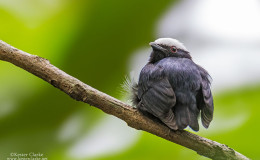
The White-crowned Manakin like others in its family is a small, compact bird and is found throughout the Guianas.
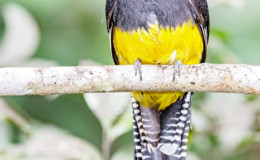
The Green-backed Trogon inhabits dry and humid forests and can often be found near forest edges where it eats fruit and sometimes insects.
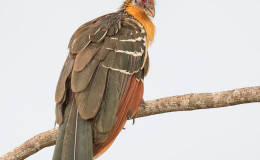
The Hoatzin (Opisthocomus hoazin), also known as the Stinkbird, or Canje Pheasant is the national bird of Guyana.
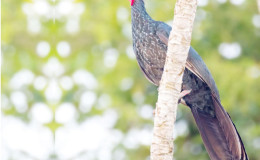
Spix’s Guan resemble turkeys in their size and shape and are named after a 19th century bird scientist who collected the first specimen in neighbouring Brazil.
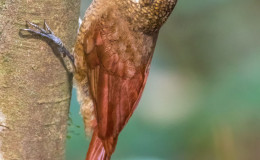
The Amazonian Barred Woodcreeper is very similar to other woodcreepers in the family, but is noticeably larger.
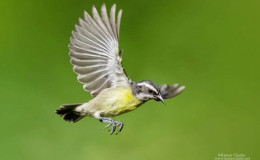
The Bananaquit has dark grey upperparts, and a black crown with a white eyestripe.
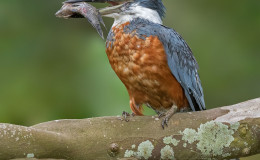
(Megaceryle-torquata) Ringed Kingfishers breed near bodies of water and make use of overhanging perches to watch for fish before plunging head first into the water.
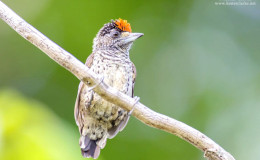
(Picumnus spilogaster) in the Botanical Gardens, Georgetown. Photo by Kester Clarke (http://www.kesterclarke.net)
The ePaper edition, on the Web & in stores for Android, iPhone & iPad.
Included free with your web subscription. Learn more.